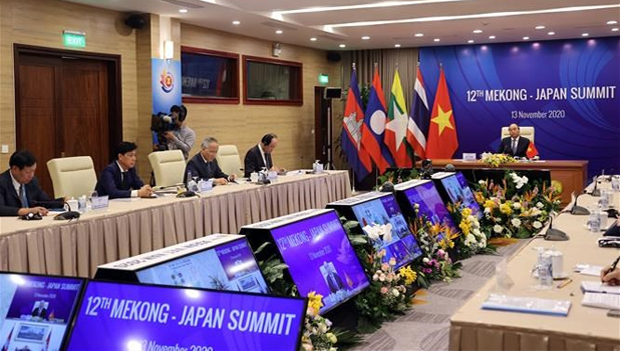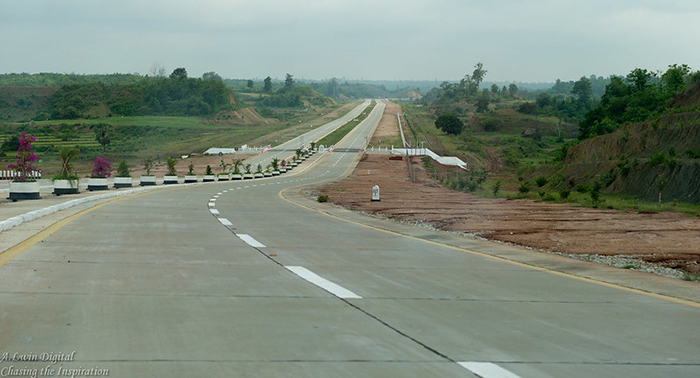New PRC-Viet Nam Cross-border Rail Freight Service Launched
A new cross-border rail freight service from Suzhou, People’s Republic of China (PRC), to Hanoi, Viet Nam was launched by the East Asia Region section of Nippon Express. Suzhou West Railway Station is located amid industrial clusters of eastern PRC.
The use of rail transport makes possible reliable lead times of 8-10 days. Ocean freight from PRC to Southeast Asia is usually challenged with constraints in space and reliable transport routes and schedule.










